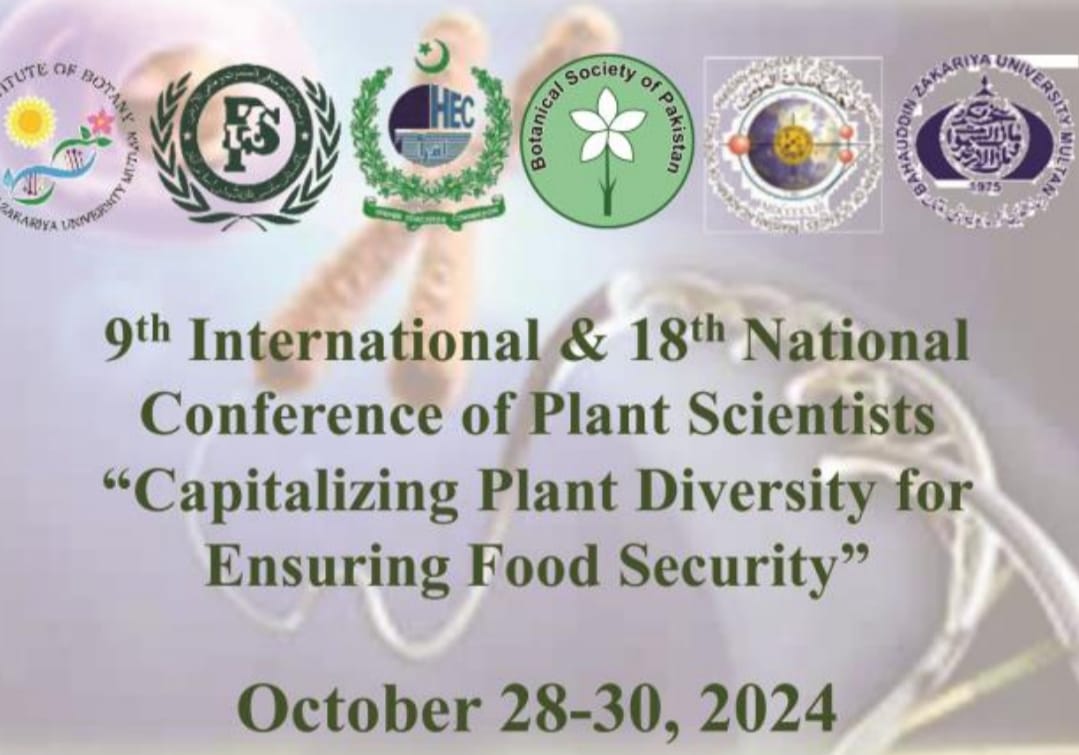
PJB-2023-1535
Impact of seed priming and compost application on yield and growth attributes of cluster bean in salinity stress
Shahzad Ahmad Junaid, Muqarrab Ali, Amar Matloob, Tanveer-Ul-Haq and Muhammad Mazhar Iqbal
Abstract
Guar bean is a commercial and export crop in Pakistan. The increase in the saline area due to arid climatic conditions in Pakistan is an excellent threat to guar bean production. Guar can tolerate salinity stress to some specific extent, but its production can be affected above it. Seed priming helps accept salinity stress in many crops, but limited studies have been conducted on its effect on cluster beans' productivity. Therefore, it is essential to evaluate new cultivars of cluster bean with seed priming before their recommendations to cultivate on saline lands. Thus, two years of field experiments (2018 and 2019) were conducted at the Research Farm of MNS-University, Multan, Pakistan, to evaluate the seed treatment (hydropriming and potassium nitrate) and soil treatment (compost) on four cultivars of guar bean (BR-2017, S-5885, S-6165, and S-6547). The treatments were applied in a Randomized Complete Block Design (RCBD) with the split-plot arrangement. The medicines (control, hydropriming, potassium nitrate, and compost) are in main plots, with their sub-plot variety. The seed of the guar bean was dipped in deionized water for hydropriming and in 2% potassium nitrate solution for potassium nitrate seed priming for two hours before sowing while compost (10 Mg ha-1) was applied during the seedbed preparation. BR-2017, among other cultivars (S-6165 and S-6547), showed higher plant height, grains per pod, fodder yield, leaf area index, relative water contents, and transpiration rate. The BR-2017 showed 8.33, 94.9, and 69.5% higher grains per pod than S-5885, S-6165, and S-6547, respectively, with potassium nitrate application in crop growing season 2018. The peroxidase, super oxidase dismutase, catalase, potassium contents in the Leaf, potassium contents in the root, and sodium contents in the Leaf and root were higher in variety S-6165. The potassium nitrate seed application increased the grains per pod, pod length, fodder yield, leaf area index, peroxidase, catalase, potassium content in Leaf and root, and transpiration rate. The potassium nitrate priming showed higher potassium contents in the root by 6.8, 2.2, and 3.3% compared to control hydropriming and compost treatments in 2019. Thus, BR-2017 and S-6165 with potassium nitrate seed priming can help achieve the yield potential of the guar bean. However, long-term field studies on different climatic zones are recommended to revalidate the current findings
To Cite this article: Junaid, S.A., M. Ali, A. Matloob, T. Ul-Haq and M.M. Iqbal. 2023. Impact of seed priming and compost application on yield and growth attributes of cluster bean in salinity stress. Pak. J. Bot., 55(SI): DOI: http://dx.doi.org/10.30848/PJB2023-SI(2)
Download PDF


